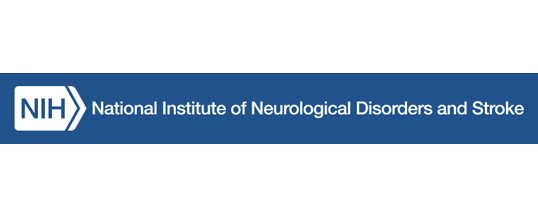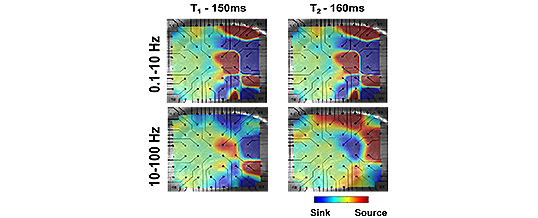In this paper, we introduce and study systematically, in terms of phase response curves, the effect of dual-pulse excitation on the dynamics of an autonomous oscillator. Specifically, we test the deviations from linear summation of phase advances resulting from two small perturbations. We analytically derive a correction term, which generally appears for oscillators whose intrinsic dimensionality is >1. The nonlinear correction term is found to be proportional to the square of the perturbation. We demonstrate this effect in the Stuart-Landau ...
Read More →OCT



